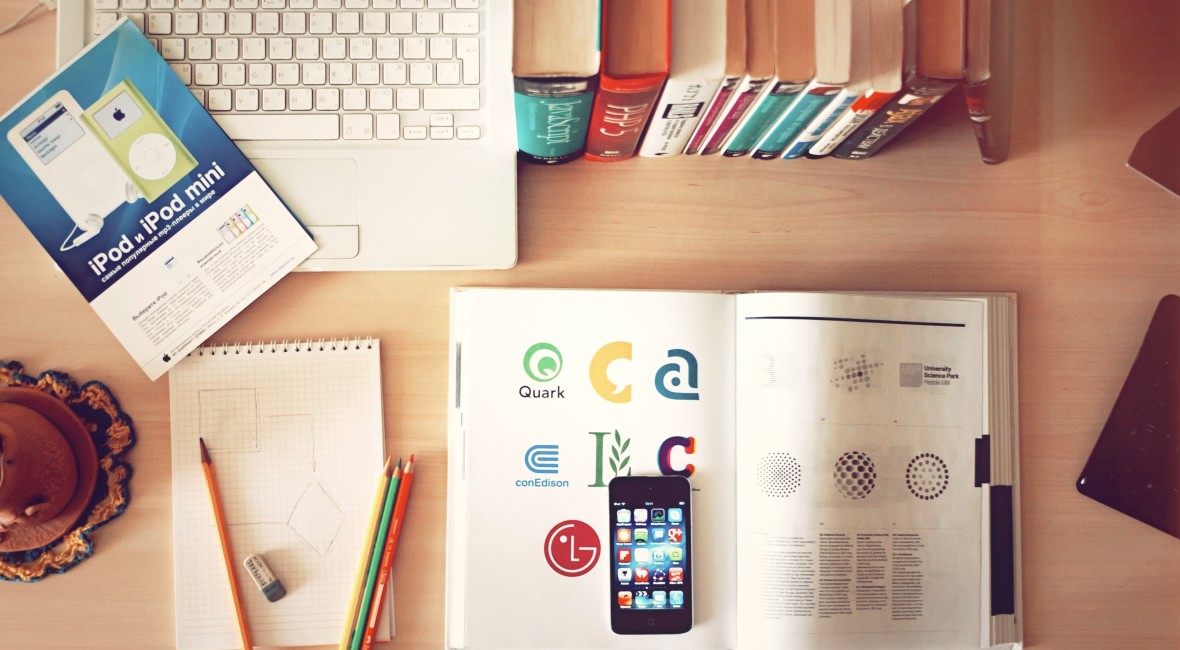
Up until about a year ago, I was hunkered down in a cubicle eating food through a little trap door. Okay, so that last part is not entirely accurate, but I am currently working remotely as a Product Designer at Fullstack.
Feedback: Admiring From Afar
Environmental factors will likely influence your decision. For example, we follow a lean / agile workflow so we tend to favor methods that provide an ‘early and often’ feedback loop. Certain projects and clients may be okay with quick-and-dirty methods, while others may necessitate the need for more formal and organized approaches.
In an office setting, it is common to have somebody take a peek over your shoulder (whether you invite them or not). The randomness of that occurrence cannot be re-created and the physical cues are hard to capture over video, but there is so much more we can do in collecting feedback.
Other than the unscheduled drive-by, most everything else can be replicated remotely. You can share photos of sketches, send screenshots via chat and email, share your screen and even allow tunneling to your local host. Heck, with Google Hangouts you could practically get the drive-by effect described above (if you really want that).
The Quick and Dirty Methods
When working on sketches we typically snap a picture of our sketchbook using either a smart phone or a built in laptop camera (if you’re on a Mac, Photo Booth is super handy for this). Lately, I have also been using the entry level Wacom Bamboo tablet for quick sketches in Illustrator.
If you are beyond sketching and are dealing with a wireframe, prototype, or Illustrator/Photoshop file then a simple screenshot will likely do the trick (Command-Shift-4 on mac will become your favorite shortcut).
The trick is getting that screenshot in front of your teammates quickly without too much fiddling. With an app like TinyGrab you can simultaneously turn your screenshot into a url for sharing. With the TinyGrab app running (along with Dropbox), each time you take a screenshot it will upload it to your Dropbox account, create a tiny url and copy it to your clipboard–paste that in your IM chat (we use Skype), and you’re done. As an added bonus, TinyGrab also allows for some basic feedback notes on the screenshot once it is opened.
The Slow and Clean Methods
The quick-and-dirty method works great when dealing with a couple of peers or smaller project teams that follow a Lean UX workflow, but if you are seeking more formal feedback from a larger set of people (often involving clients) then you may need a more structured feedback loop.
There are many apps out there geared toward collecting feedback remotely. Some of our personal favorites in this category would be InVisionApp, Notable and InfluenceApp. The last two were built by Zurb who, as I was typing this, launched a third app in this category, ReelApp. There are many more, all of which do essentially the same thing.
In the end, things are not much different when using apps to collect feedback from home or the office. There is something to be said about in-person feedback, and I will be the first to admit that I miss it on occasion. However, there are so many tools available (many at no cost) that allow us to collect valuable feedback and get the job done without sacrificing quality. And hey, if you really want to see their physical reaction then use your built-in video cameras!
Collaboration: Gaze Into My Eyes
The other obstacle to overcome while designing remotely is collaboration. Let’s be honest, getting together in a room and whiteboarding as a team can be fun. On the flip side it can also be incredibly inefficient when the conversation wanders off topic or certain people commandeer the ship. Either way, if collaboration is what you are after, then collaboration you shall get.
Nowadays, we all live on some variation of chat client. Most of them also offer video call capability and its fairly safe to assume people have a built-in video camera within reach (laptop, phone, etc.). Fire up an app and check each other out (that sounded creepy, keep your cool).
Skype and Google Hangouts are great options and free for a decent number of participants. (side note: you might also want to check out the WebRTC project)
Maybe you don’t need to lay eyes on each other, but just want to share your screen? Sure, no problem. Again Skype or the free join.me version will do the trick in almost every situation. If you want the whiteboard experience, then fire up Illustrator or Adobe and sketch it out. Wireframing? Same approach, open your favorite tool and share away–something like Balsamiq does the trick.
At Fullstack, our team gets together once or twice a year. Clearly this is a great opportunity for getting to know earch other, but it also lends itself to some fruitful collaboration. Have an internal or side project you’ve been wanting to crank out? Put together a little hackathon and get it shipped in the course of your meetup!
The good news is that there are plenty of apps out that can help us overcome the remote collaboration issue. The experience is close enough to the real thing in most circumstances enabling you to get the job done. If you are feeling lonely, or just want to see a face then get out and hit a local Meetup or make video call, the future is here McFly!
Make It Work
Topics like this will certainly come up when teams or companies are considering a remote working arrangement (and you’ll probably endure hour long meetings with everybody offering their opinion on why it will or won’t work). My advice is to just give it a shot! Almost all of these tools are free, so just take a day and work from home. Carry on with business as usual and in the end, I am confident that you find a solution that works for everybody. Oh, and as an added bonus, you’ll likely find yourself happier and more productive living outside of that sad cubicle!












